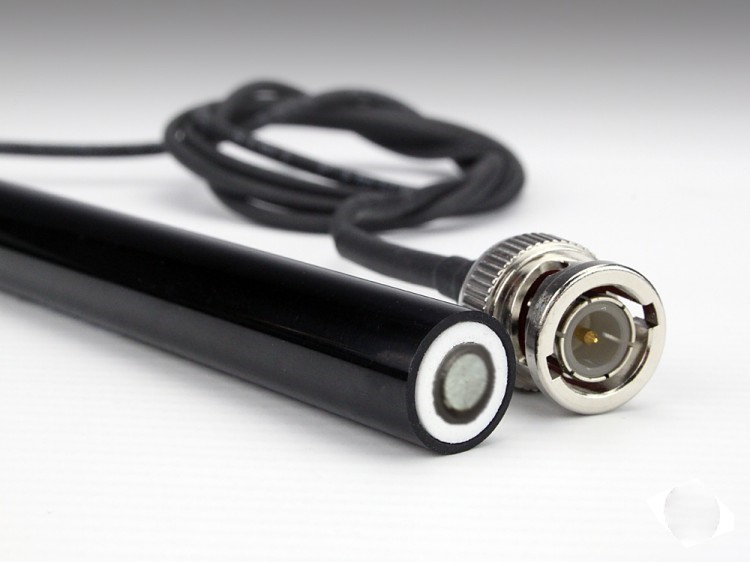Ion Selective Electrodes (ISE) Theory
What is an ISE and how do they work? The first in a series of posts to help you understand the principles behind ISE analysis.
ION SELECTIVE ELECTRODES (ISEs)
Introduction
An Ion selective electrode is an electrochemical sensor that produces a potential in millivolts between itself and a reference electrode. The potential varies when the concentration or activity of the ion being measured changes. The potential difference between the ISE and the reference electrode is recorded or displayed on an Ion meter or a pH meter with a millivolt mode. The potential difference (mV) is proportional to the Ionic concentration.
To make successful Ion measurements it is important to control two factors that affect the activity of the ions in aqueous solutions.
Temperature
A rise in temperature will increase the kinetic energy or speed of the ions in solution. The ISE will therefore appear to sense the presence of more ions and the mV potential will increase or decrease accordingly even though concentration has not changed. The first rule of successful analysis is therefore to ensure that samples and standard solutions are at the same temperature.
Ionic Strength
As the total number of ions in solution increases there will be a greater number of ionic interactions which will cause the ions to move less freely in solution. This has the same effect as reducing the temperature in that the ISE will appear to sense fewer ions even though the concentration has not changed.
The solution to this problem is the addition of an Ionic Strength Adjustment Buffer (ISAB) to all of the standards and samples. This buffer must be inert and of high ionic strength usually around a 2-5 Molar salt solution. A normal addition is around 2ml of ISAB to every 50ml of standard and sample but this varies with the application concerned. Once added the ionic strength is equalised in standards and samples.
Sensitivity
The potential measured by the ISE depends on the charge of the ion being measured. This is governed by the Nernst equation. This gives us an indication of the response (in mV) we expect from changes in ion concentration (the Slope). The slope will decrease over the lifetime of the ISE and so knowing what to expect in theory will help decide if the sensor is still in working order.
For ions with a single positive charge such as Sodium (Na+) the slope or theoretical mV response to a 10 fold increase in concentration is +59.16mV at 25 degrees C.
For ions with a single negative charge such as Fluoride (F-) it is -59.16mV
For ions with a double positive charge such as Calcium (Ca++) the perfect slope is halved and is expected to be +29.56mV whilst the double negatively charged ion such as Sulphide (S–) would be -29.56mV.
Making a measurement
A pH electrode is an ISE. It is reasonable to expect therefore that measurements using other ISE’s will be as simple.
The most common form of measurement is called Direct Potentiometry. Here you take two standard solutions of typically 100 and 1000ppm and add a small amount of ISAB as described. Take the same volume of sample and add ISAB in the same way.
Connect the ISE to the Ion meter and immerse the ISE (combination ISE with built in reference electrode) in to the lowest standard and calibrate. Repeat with the second, and more concentrated , standard to complete the calibration.
After rinsing the ISE with deionised water simply measure the sample. The concentration is given on the ion meter display.
For further, more detailed information and support please use the search function to access our detailed technical information. You can also visit our YouTube Channel here.



